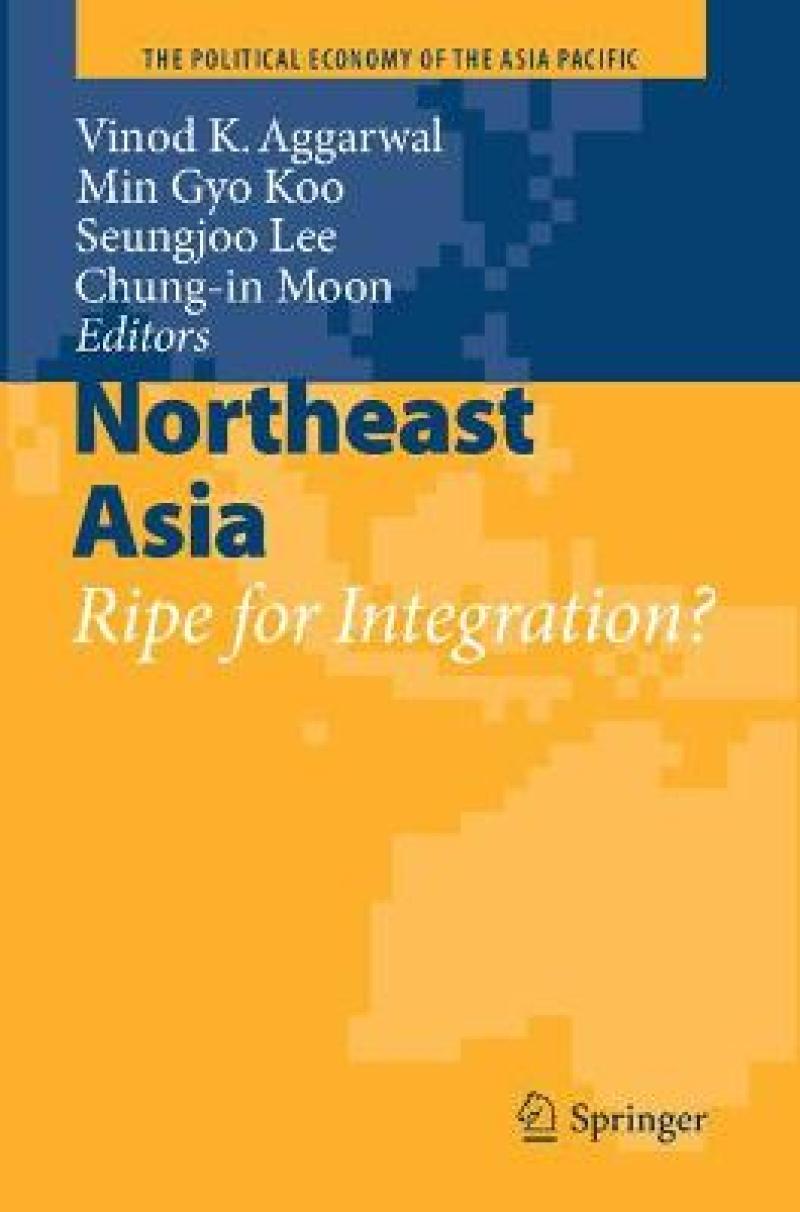Can regional mechanisms better institutionalize the increasing complexity of economic and security ties among the countries in Northeast Asia? As the international state system undergoes dramatic changes in both security and economic relations in the wake of the end of the Cold War, the Asian financial crisis, and the attack of 9/11, this question is now at the forefront of the minds of both academics and policymakers. Still, little research has been done to integrate the analysis of security and economic analysis of changes in the region within a broader context that will give us theoretically-informed policy insights. Against this backdrop, this book investigates the origins and evolution of Northeast Asia's new institutional architecture in trade, finance, and security from both a theoretical and empirical perspective.
Can regional mechanisms better institutionalize the increasing complexity of economic and security ties among the countries in Northeast Asia?
Can regional mechanisms better institutionalize the increasing complexity of economic and security ties among the countries in Northeast Asia? As the international state system undergoes dramatic changes in both security and economic relations in the wake of the end of the Cold War, the Asian financial crisis, and the attack of 9/11, this question is now at the forefront of the minds of both academics and policymakers. Still, little research has been done to integrate the analysis of security and economic analysis of changes in the region within a broader context that will give us theoretically-informed policy insights. Against this backdrop, this book investigates the origins and evolution of Northeast Asia's new institutional architecture in trade, finance, and security from both a theoretical and empirical perspective.
Northeast Asia is a region of great strategic significance in the international system. This book brings together an impressive array of scholars to analyze the prospects for deeper regional integration in Northeast Asia. Insightful and theoretically framed, this is crucial reading for anyone interested in understanding the dynamics of economic, political, and security relations in one of the world's most important and fascinating regions.
Christopher M. Dent, University of Leeds
The editors have assembled a distinguished group of country and regional specialists in this innovative project on the shifting institutional dynamics of Northeast Asia. The systematic application of a framework that facilitates comparison of international strategic and economic interests, domestic power dynamics, and elite beliefs across the major players in the region is one of the book's major contributions. The chapters, combining empirical richness and theoretical sophistication, give particular attention to the interaction between regional and global institutions on the one hand and country characteristics on the other. With many commentators arguing that a new institutional framework is needed to address security issues in Northeast Asia, the publication of Northeast Asia: Ripe for Integration is particularly timely.
John Ravenhill, Australian National University

